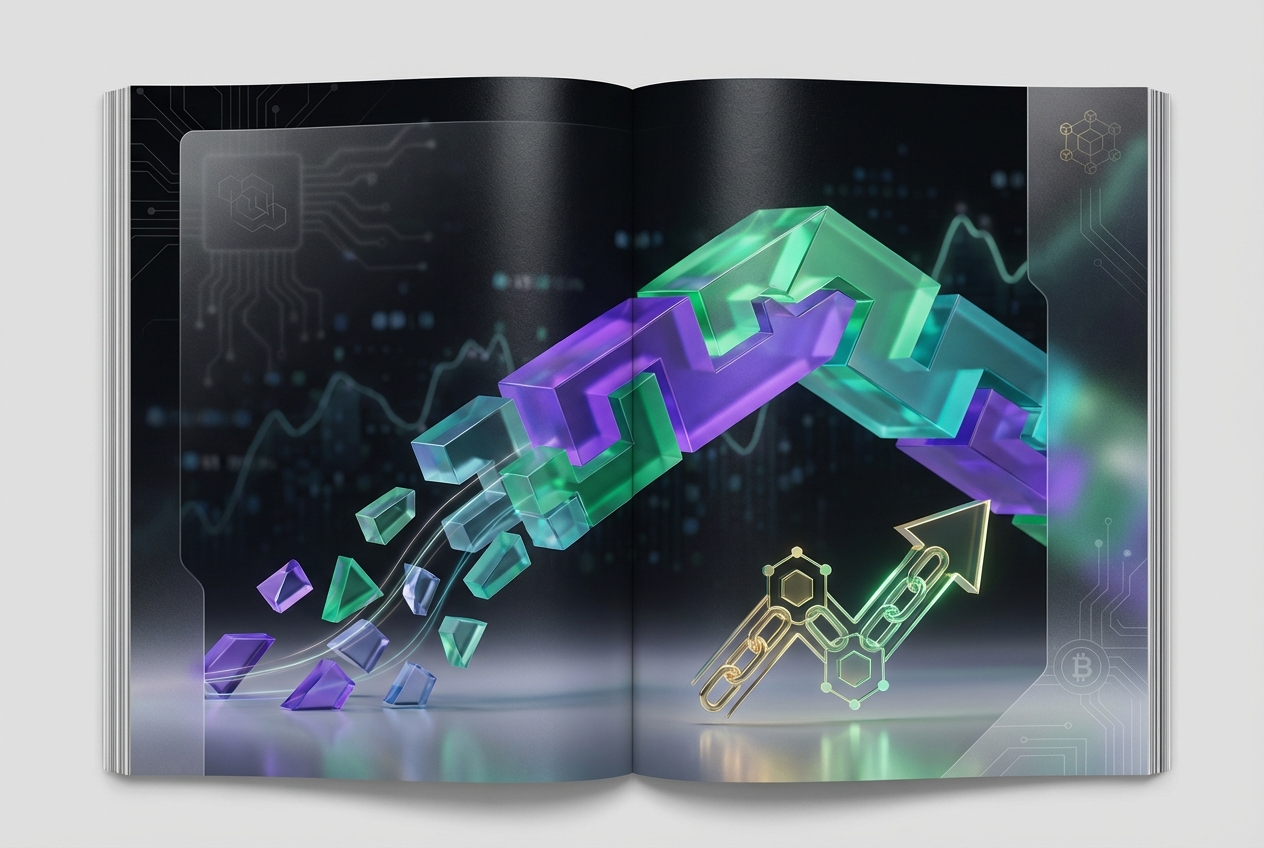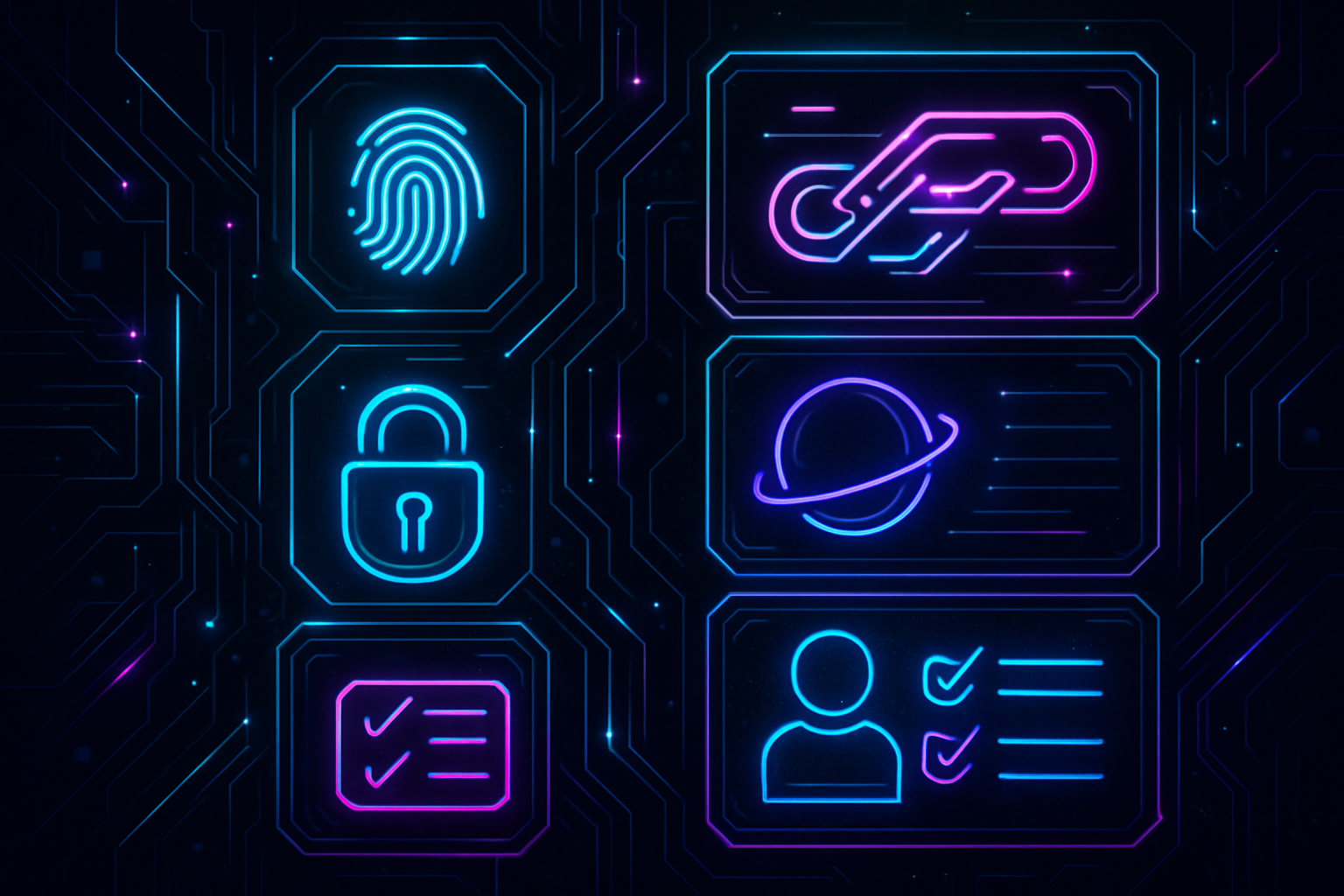
Securing modular rollup deployments is more than a technical requirement, it’s the foundation of user trust and ecosystem resilience. As frameworks like Celestia, Eclipse, and Conduit push the boundaries of blockchain scalability, their security models must evolve in lockstep. Whether you’re an architect fine-tuning your first sovereign rollup or a DAO steward safeguarding protocol assets, understanding and applying proven rollup security best practices is non-negotiable.

The Five Pillars of Rollup Security
Let’s dive into the curated list of the five most important best practices for securing modular rollup deployments. These aren’t just theory, they’re distilled from real-world lessons, audits, and the latest research across Celestia, Eclipse, Conduit, and beyond:
Top 5 Best Practices for Modular Rollup Security
-
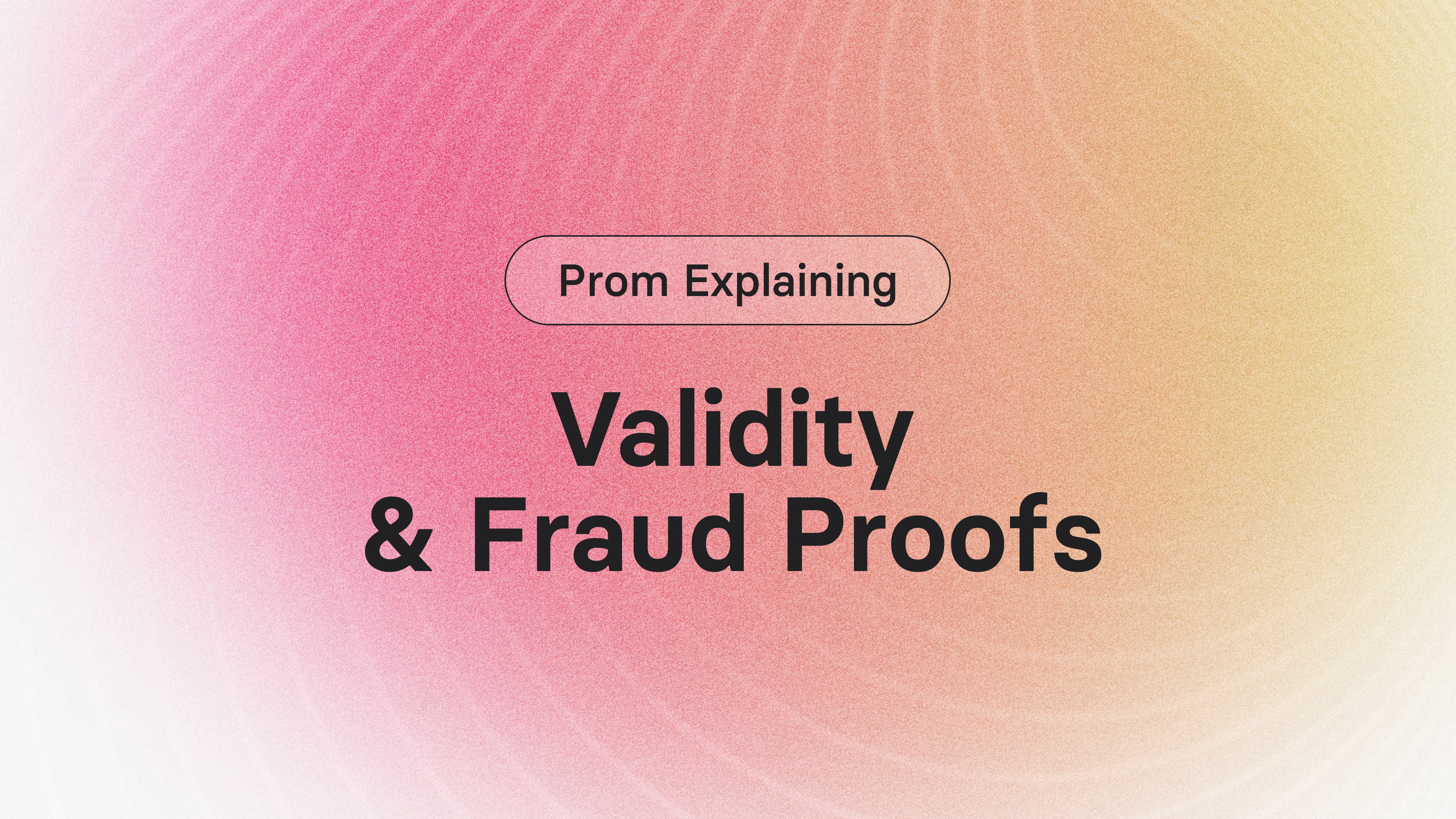
Implement Robust Fraud and Validity Proof MechanismsEnsure your rollup leverages fraud proofs (for optimistic rollups) or validity proofs (for zk-rollups) to detect and prevent invalid state transitions. These cryptographic proofs are the backbone of trustless security, enabling anyone to challenge or verify rollup transactions. Widely used frameworks like OP Stack and zkSync exemplify this best practice.
-
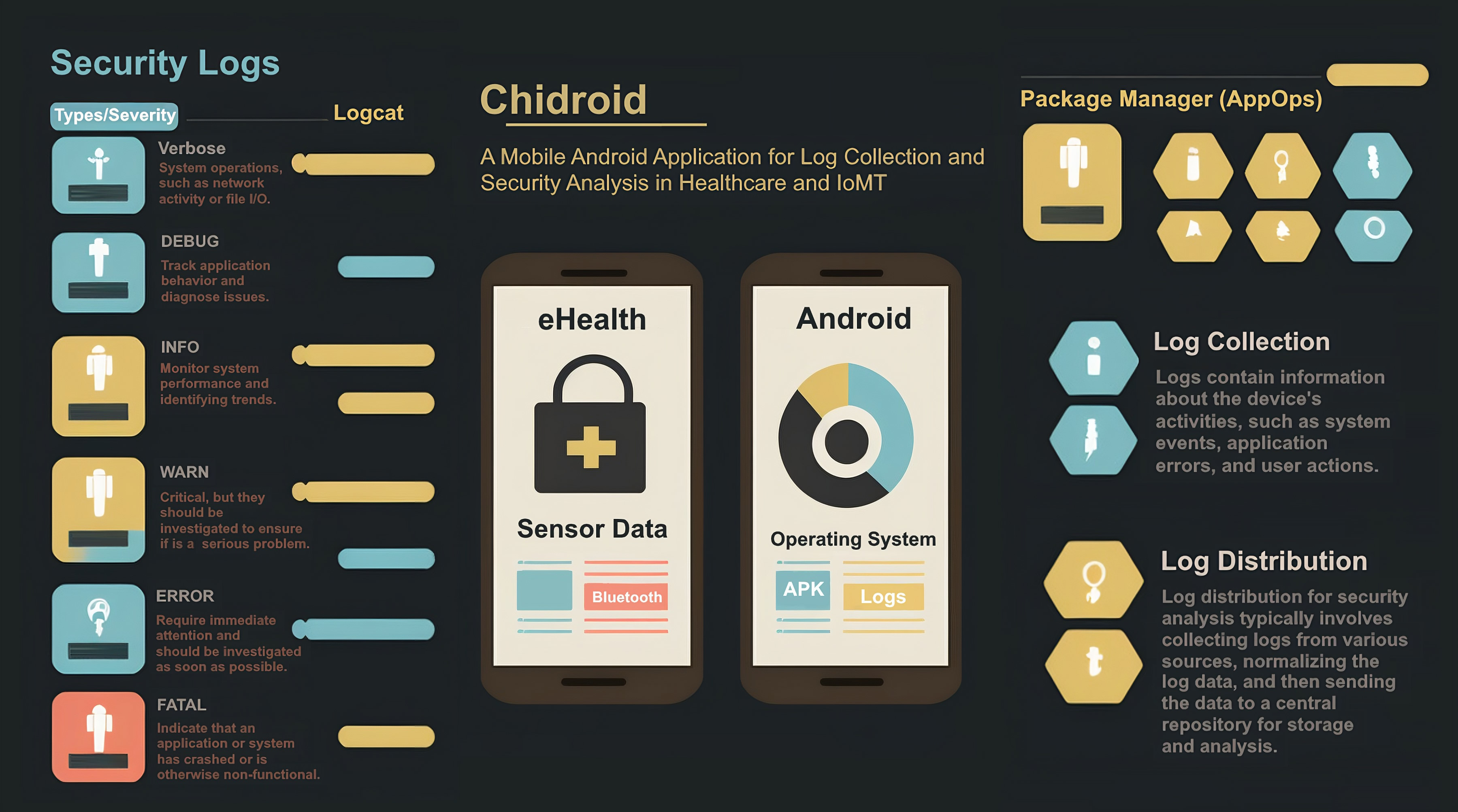
Utilize Audited and Battle-Tested Bridge SolutionsSecure cross-chain communication by integrating only audited and battle-tested bridges such as Hop Protocol or Wormhole. Avoid custom bridge logic unless absolutely necessary, as bridges are frequent attack vectors in modular blockchain deployments.
-
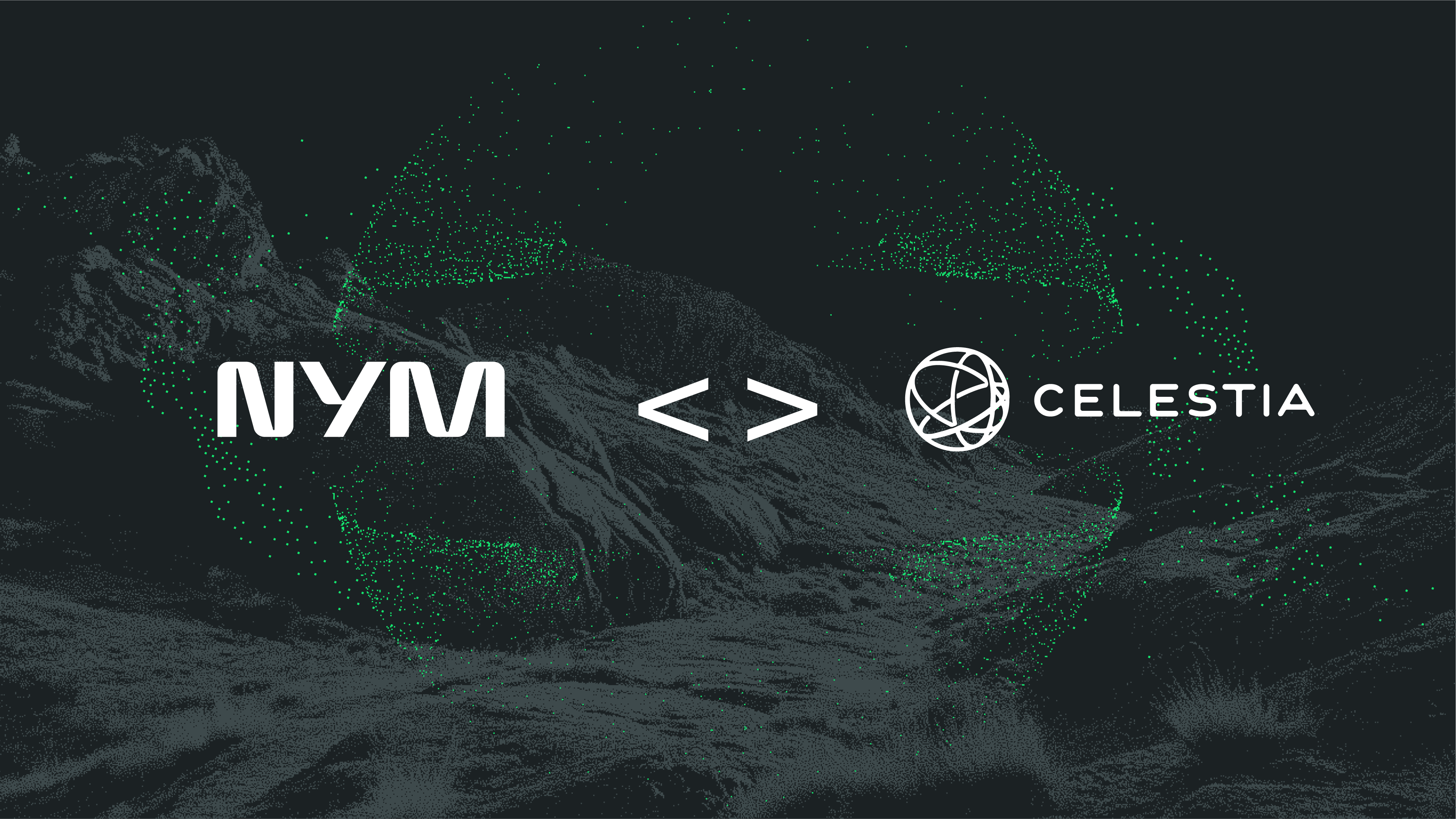
Leverage Decentralized Data Availability Layers (e.g., Celestia)Enhance security and scalability by using decentralized data availability layers like Celestia. These platforms ensure that rollup data is widely available and verifiable, preventing data withholding attacks and supporting modular upgrades.
-
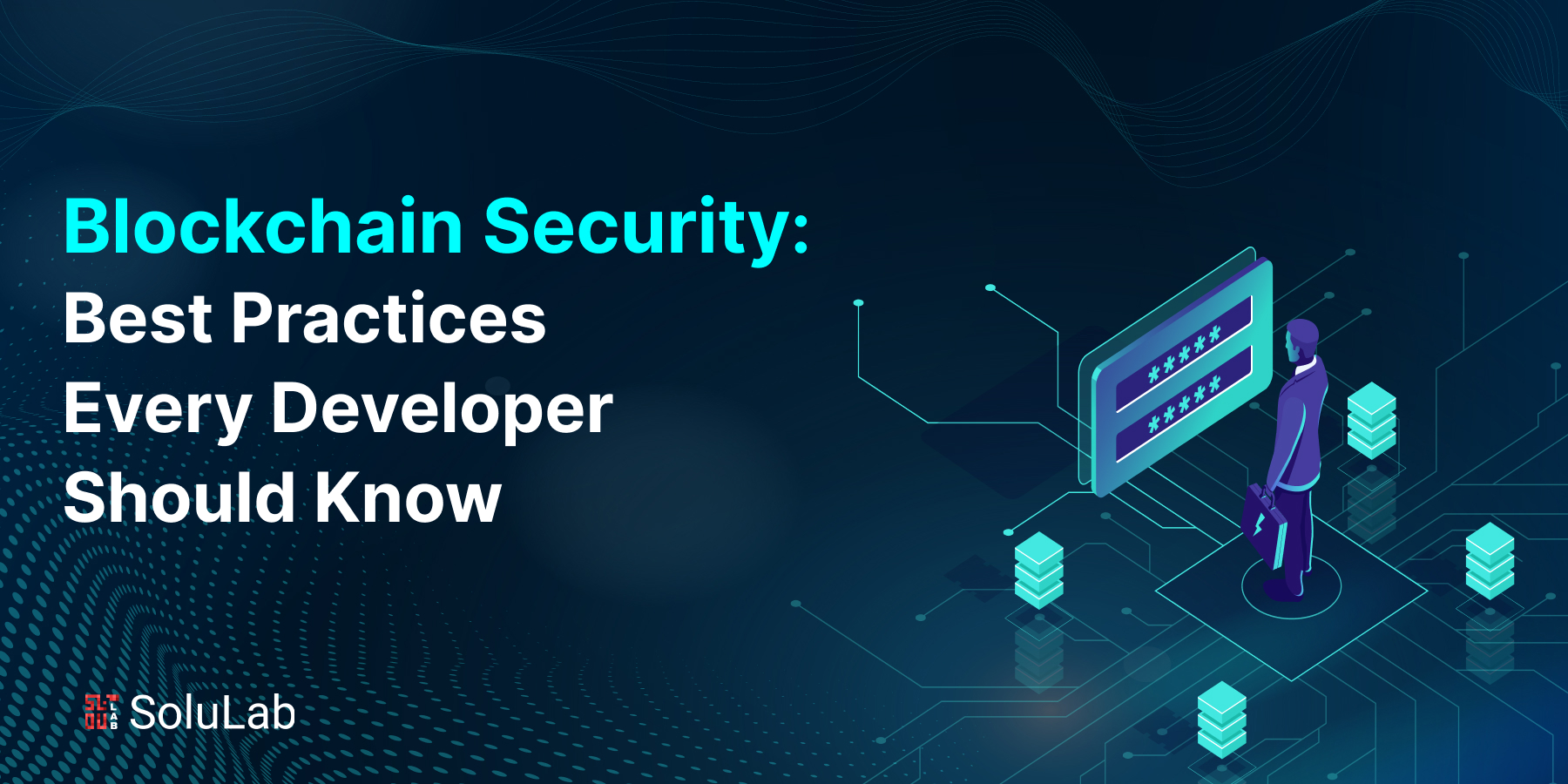
Enforce Permissioned Access and Role-Based ControlsProtect critical rollup infrastructure by implementing permissioned access and role-based controls for sequencers, validators, and admin functions. This minimizes the risk of unauthorized actions and helps maintain operational integrity on frameworks like Eclipse and Conduit.
-
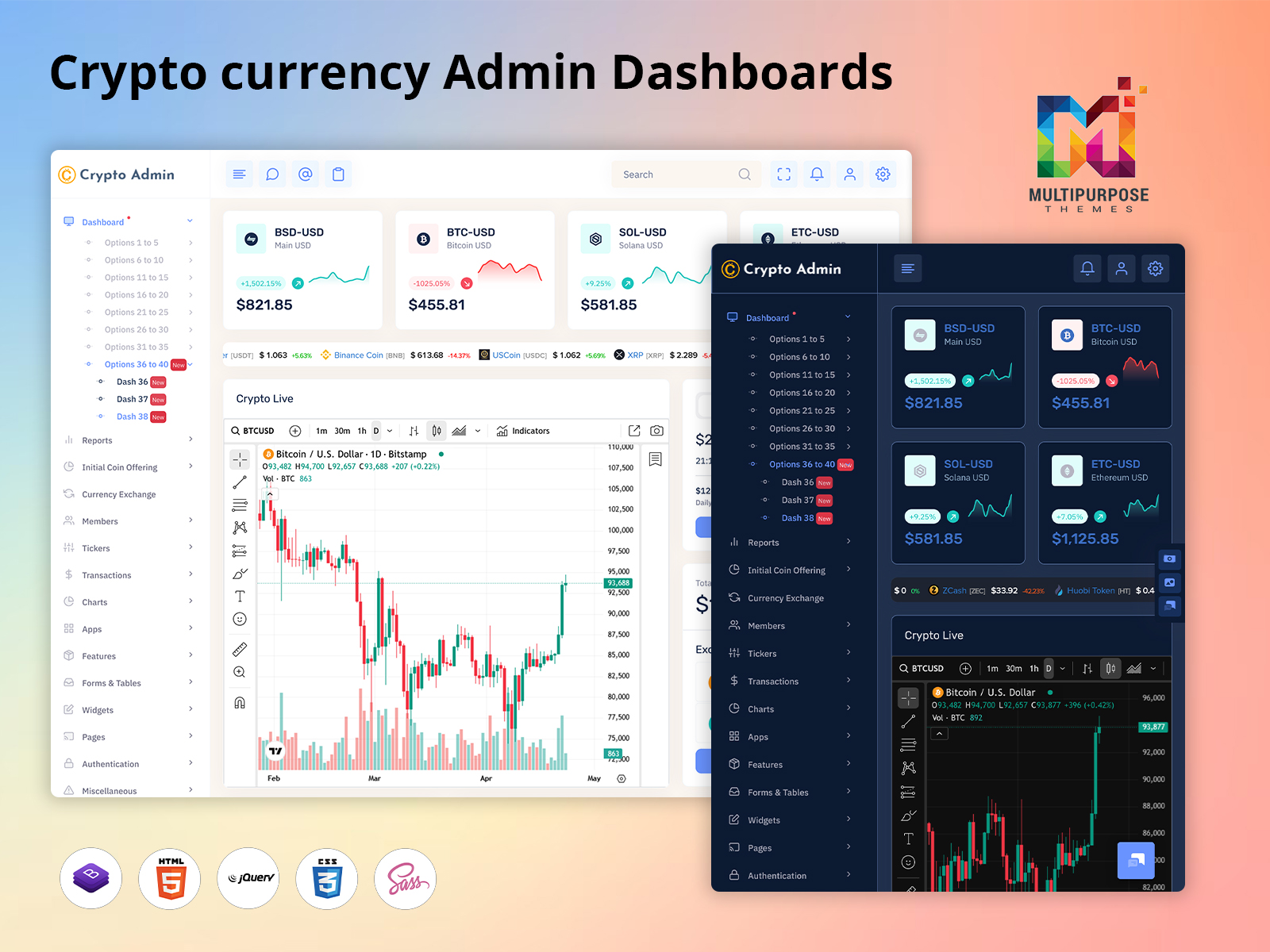
Continuously Monitor, Test, and Upgrade Rollup InfrastructureMaintain operational vigilance through real-time monitoring, comprehensive testing (including on testnets), and regular infrastructure upgrades. Automated alerts and continuous integration pipelines help detect anomalies and ensure your rollup remains secure and resilient.
1. Implement Robust Fraud and Validity Proof Mechanisms
This is the beating heart of any secure rollup. Fraud proofs (for optimistic rollups) and validity proofs (for ZK rollups) are your first line of defense against malicious actors and faulty state transitions. In practice, this means:
- Optimistic Rollups: Ensure that every transaction can be challenged via fraud proofs within a clearly defined dispute window.
- ZK Rollups: Rigorously validate all state transitions with succinct cryptographic proofs that are easy to verify on-chain.
- Regular Audits: Keep your proof circuits and challenge contracts up-to-date with ongoing audits as new vulnerabilities emerge.
The result? Even if an attacker sneaks in an invalid transaction, the network can detect and revert it before any real damage is done.
2. Utilize Audited and Battle-Tested Bridge Solutions
No matter how strong your internal logic is, insecure bridges can become your Achilles’ heel. Bridges are gateways between chains, if compromised, they threaten not just funds but also trust in your entire ecosystem. The best practice here is clear: avoid reinventing the wheel unless absolutely necessary.
- Select bridges that have been extensively audited, like Hop or Wormhole (post-audit), which are recognized for their transparency and security rigor (source).
- Avoid custom bridge logic whenever possible. If you must build custom solutions due to unique requirements, subject them to external audits before mainnet deployment.
- Continuously monitor bridge activity for anomalies, such as sudden spikes in volume or failed transactions, early detection is everything.
Your bridge strategy should be proactive, not reactive. The cost of a bridge exploit far outweighs the investment in audits and monitoring tools.
3. Leverage Decentralized Data Availability Layers (e. g. , Celestia)
If data isn’t reliably available to all network participants at all times, your rollup’s security guarantees crumble. This is why decentralized data availability (DA) layers like Celestia have become essential infrastructure for modern modular blockchains:
- No single point of failure: By publishing transaction data to decentralized DA layers instead of relying on centralized servers or monolithic chains, you dramatically reduce censorship risk and downtime.
- Smooth upgrades and flexibility: Modular DA layers allow you to switch providers or upgrade protocols as technology advances without disrupting users (source).
- Builtin redundancy: Multi-publishing strategies ensure that even if one DA provider goes offline or gets attacked, others can seamlessly take over data serving duties.
This approach not only protects against data withholding attacks but also future-proofs your architecture as new DA innovations emerge.
4. Enforce Permissioned Access and Role-Based Controls
Security isn’t just about cryptography and consensus, it’s also about who has the keys to your kingdom. Enforcing strict permissioned access and role-based controls is critical to minimize insider threats and operational mishaps. Here’s how leaders in Celestia, Eclipse, and Conduit deployments are getting this right:
- Segregate duties: Assign specific roles for contract upgrades, sequencer operations, bridge management, and monitoring. No single person or entity should have unilateral control over critical functions.
- Implement multi-signature (multisig) schemes: Require multiple signers for sensitive actions like contract upgrades or DA layer switches. This thwarts both accidental changes and targeted attacks.
- Leverage on-chain access control libraries: Use well-audited solutions for permissioning (like OpenZeppelin’s AccessControl) rather than custom code, battle-tested standards reduce the attack surface.
The bottom line: clear separation of powers means even if one operator is compromised, your rollup’s security posture remains intact. It’s a principle as old as security itself, trust, but verify.
5. Continuously Monitor, Test, and Upgrade Rollup Infrastructure
The pace of innovation in modular blockchain security is relentless, and so are attackers. That’s why continuous monitoring, testing, and proactive upgrades are non-negotiable for any serious rollup project:
- Real-time monitoring: Deploy dashboards that track node health, sequencer status, gas usage trends, and unusual activity 24/7 (source). Early anomaly detection can mean the difference between a minor incident and a catastrophic exploit.
- Regular testnet drills: Before pushing any upgrade live, whether it’s a new fraud proof circuit or DA integration, run comprehensive tests on public or private testnets to catch edge cases before users do.
- Painless upgradability: Use proxy patterns for smart contracts so you can patch vulnerabilities or add features without disrupting user balances or histories.
This culture of operational vigilance keeps your protocol resilient against both technical failures and adversarial attacks. Security isn’t static, it’s an ongoing commitment.
Bringing It All Together: Secure Rollups Power the Modular Future
If you’re building with frameworks like Celestia, Eclipse, or Conduit, or even considering launching your own sovereign rollup, these five best practices aren’t optional checkboxes. They’re woven into the DNA of every secure modular blockchain deployment:
- Implement robust fraud/validity proofs to detect invalid state changes before they cause harm.
- Select only audited bridge solutions, never compromise on cross-chain security.
- Treat data availability as mission-critical by leveraging decentralized layers like Celestia.
- Tightly control permissions with role-based access, and always use multisig for upgrades.
- Pursue relentless monitoring and rapid iteration to stay ahead of threats.
The modular revolution is here, and it rewards teams that put security at the core of their architecture from day one. By following these best practices today, you’re not just protecting assets, you’re building trust that will power tomorrow’s most ambitious decentralized applications. �a0Stay curious, �a0stay vigilant�a0and keep pushing boundaries!





